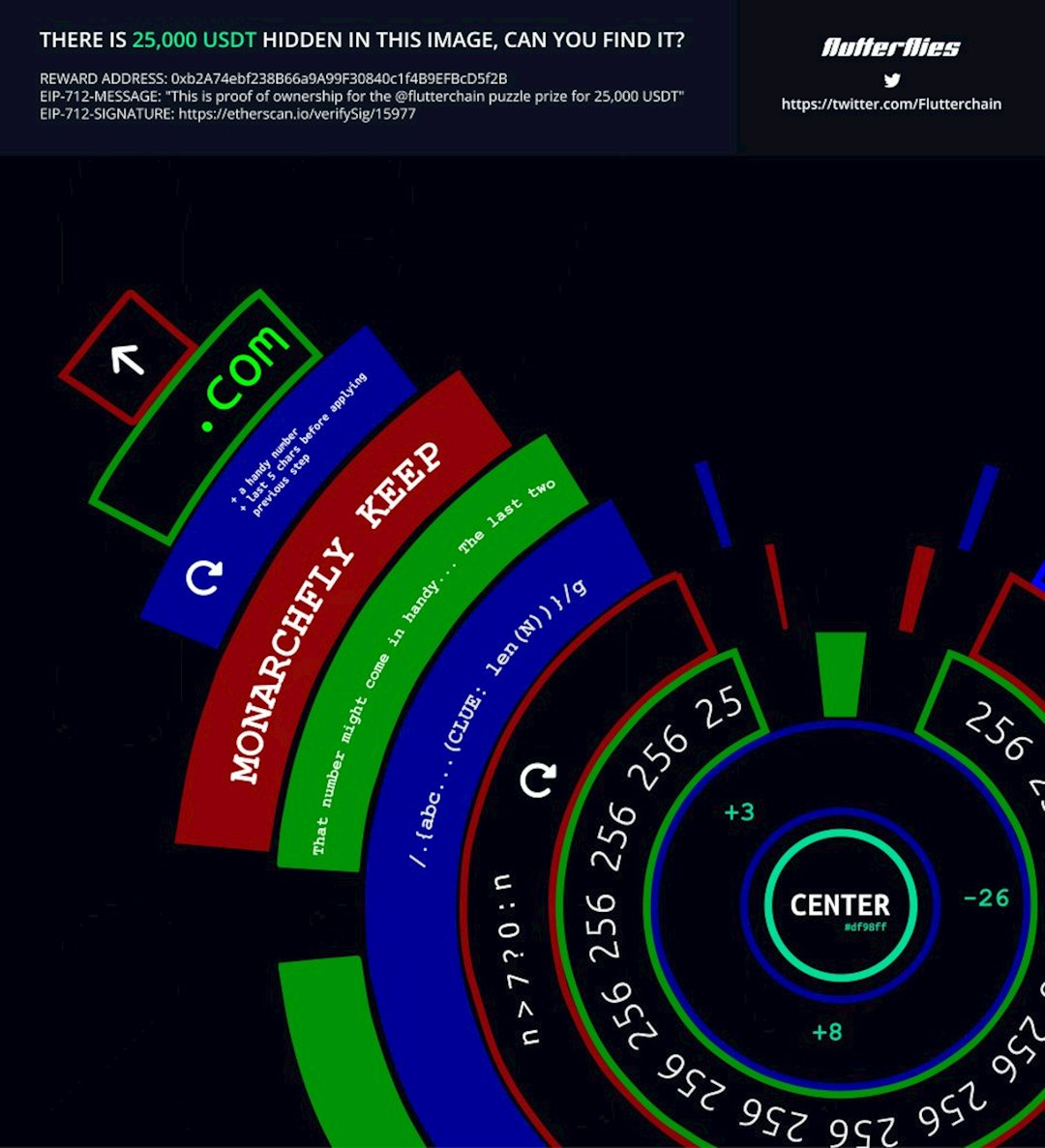Timelines are one of the most effective ways to visualize the flow of events, milestones, or processes. Whether you’re presenting a project plan, historical progression, or company growth strategy, a timeline can help deliver your message in a clear and compelling way. Microsoft PowerPoint offers user-friendly tools to create professional-looking timelines that are easy to customize and present. In this walkthrough, we’ll guide you step-by-step on how to create a timeline in PowerPoint that is both informative and engaging.
Table of Contents
Why Use a Timeline in PowerPoint?
Before diving into the how-to, it’s important to understand the value of incorporating a timeline in your presentation. Timelines offer the following advantages:
- Clarity: They simplify complex sequences or data over time.
- Engagement: Visually appealing timelines keep your audience interested.
- Professionalism: They add structure and elegance to your message.
Now let’s explore the various steps to build a beautiful and effective timeline in PowerPoint.
Step 1: Plan Your Timeline
Like any good design project, the first step is planning. Ask yourself:
- What time range does my timeline cover?
- What are the key milestones or events?
- How much detail should I include?
Having a clear outline of your timeline’s content ensures a smoother design process and better visual flow.
Step 2: Choose a Timeline Format
PowerPoint offers two primary ways to create timelines:
- Manual Creation: Using shapes, lines, and text boxes to build a custom timeline from scratch. This offers full flexibility in design.
- SmartArt Graphics: Pre-designed visuals that allow you to quickly insert and edit timeline elements.
For beginners or efficiency-seekers, SmartArt is typically the best start. For more advanced users or those looking for a unique style, manual design may offer greater creative freedom.
Step 3: Insert a Timeline Using SmartArt
Follow these steps to add a timeline via PowerPoint’s SmartArt feature:
- Open your PowerPoint project or start a new one.
- Go to the slide where you want to place the timeline.
- Click on Insert in the top menu bar.
- Select SmartArt → choose Process from the category list.
- Pick a timeline-friendly layout such as Basic Timeline or Horizontal Bullet List.
- Click OK to insert it into your slide.
Once inserted, you’ll see a text pane where you can quickly add your milestones or events. PowerPoint will automatically update the SmartArt graphic as you type.

Step 4: Customize Your Timeline
Customizing your timeline is critical for aligning its design with your presentation theme. Here’s how you can enhance its appearance and structure:
1. Change Colors and Styles
- Select the timeline graphic.
- Go to the SmartArt Design tab on the toolbar.
- Click Change Colors to access a range of color themes.
- You can also apply a predefined SmartArt Style for added effects like 3D or shading.
2. Edit Text and Add Descriptions
Use the text pane to add short milestone titles. For longer descriptions:
- Click directly on the shape to insert additional text manually.
- You can also add bullet points by pressing Enter in the text field.
3. Resize and Position Elements
To ensure everything is visible and aligned:
- Click and drag shapes to reposition them along the horizontal axis.
- Use handles around the graphic to make elements larger or smaller.
Step 5: Enhance with Icons and Visuals
You can make your timeline even more engaging by adding icons, images, or other graphics to represent each milestone. Here’s how:
- Go to Insert → Icons to select built-in icons.
- Use Insert → Pictures to add custom visuals.
- Place visuals next to or inside timeline shapes to symbolize each event.
Step 6: Create a Timeline from Scratch (Advanced)
If you’re feeling creative and want a more personalized result, try designing your timeline manually. Here’s a simplified process:
- Open a blank slide.
- Use the Insert → Shapes menu to draw a central line.
- Add circles (or other shapes) along the line to represent milestones.
- Attach lines or arrows from each milestone to a text label.
- Use consistent spacing and alignment tools for a professional look.
This method gives you complete freedom over layout, style, and animation, although it requires more effort to maintain consistency.
Step 7: Add Animation for Impact
Animations can make your timeline more dynamic and keep your audience engaged. Follow these steps:
- Select any shape or line in your timeline.
- Click on Animations in the top ribbon.
- Choose an animation style such as Fade In or Appear.
- Use the Animation Pane to control the order and timing of each entry.
Animating each step of your timeline individually can be very effective for storytelling or reveals during a presentation.
Step 8: Save and Share
After finalizing your timeline, save your PowerPoint with a clear file name. Consider exporting specific slides as images or PDFs for use elsewhere (e.g., printable handouts, email attachments).
- Go to File → Export → choose Create PDF/XPS Document or Image File.
- Share your timeline in meetings, on websites, or in reports.
Bonus Tips for a Better Timeline
Here are a few extra guidelines to keep your timeline sharp:
- Keep it chronological: Always structure from left to right (or top to bottom) for intuitive flow.
- Avoid clutter: Only include the most significant milestones.
- Be consistent: Use the same fonts, shapes, and colors throughout.
- Use labels wisely: Ensure date and description placement is clear and legible.
Conclusion
Creating a timeline in PowerPoint can greatly enhance your presentation by offering a clear visual path through a sequence of events or milestones. Whether you’re using SmartArt for convenience or crafting your own design from scratch, PowerPoint provides all the features you need to create a dynamically compelling visual aid. With thoughtful planning, customization, and strategic use of visuals, your timeline can tell a story that resonates with your audience.
Now that you know how to create one, go ahead—turn your ideas into a beautifully designed timeline and bring your slides to life!




